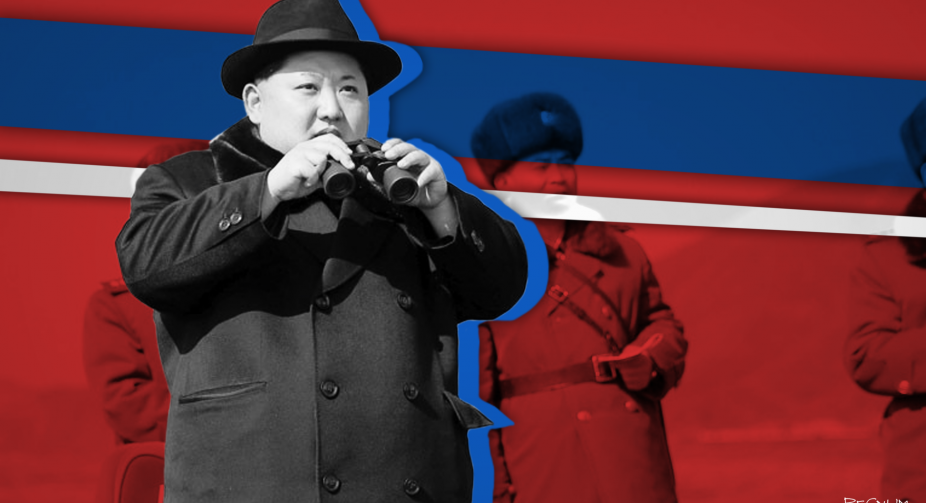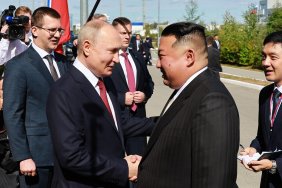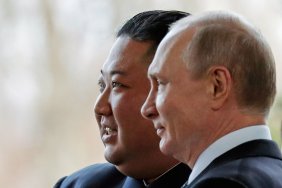North Korean leader Kim Jong Un has overseen drills simulating a nuclear counterattack against the United States and South Korea as a warning to allies expanding their joint military exercises, Reuters writes.
The North Korean drills included the launch of a short-range missile, but - unusually - the missile was launched from a buried mine, which analysts say will help improve speed and stability in future intercontinental ballistic missile tests.
North Korea's Central News Agency said the drills on Saturday and Sunday were designed to strengthen the country's "military deterrence and nuclear counterattack capability", accusing Washington and Seoul of "clearly trying to start a war" against it.
"The exercises were also intended to demonstrate our tougher will for a real military response and to send a stronger warning to the enemy, which is expanding its military exercises for the purpose of aggression," North Korea's Central Intelligence Agency said.
During the exercise, a ballistic missile equipped with a mock-up nuclear warhead flew 800 km before hitting a target in a tactical nuclear attack scenario, the Central Intelligence Agency reported. Analysts say it was the launch of a KN-23 short-range ballistic missile, but unlike past tests, engine exhaust appears to have exited from both sides at takeoff, which could mean a mine was used.
"Until now, North Korea has favored mobile launchers for everything from SLBMs to even huge ICBMs, but given the poor state of roads and systems, it has been difficult to guarantee missile stability during actual operations. The latest launch may be a test for future launches of more large missiles , such as the Hwasong-17 ICBM from the mine," said Yang Uk, a researcher at the Asan Institute for Policy Studies in Seoul.
Kim Jong-un said the drills had improved the military's military capability and urged the military to be ready for any "immediate and devastating nuclear counterattack at any time."
"The DPRK's nuclear forces will resolutely deter, control and manage the reckless steps and provocations of the enemy, thanks to their high combat readiness, and will also fulfill their important mission without hesitation in the event of any undesirable situation," Yin added.
South Korea and Japan reported the launch of a North Korean short-range ballistic missile off the east coast last Sunday. It was the latest in a series of missile tests in recent weeks. The allies have been conducting exercises this month, including air and sea exercises involving US B-1B bombers. North Korea reacted sharply to joint military exercises between South Korea and the United States, calling them a rehearsal for an invasion against it.
Also today, the US and South Korean navies and marines will begin their first large-scale Ssangyong amphibious landing exercise in five years, which will last for two weeks until April 3. Last month, the two countries held drills simulating a nuclear attack by North Korea amid South Korean President Yoon Seok-yeol's push for greater confidence in America's extended deterrence force -- its military capabilities, especially nuclear forces, to deter attacks on its allies.
On March 11, North Korean leader Kim Jong-un ordered the military to intensify training on deterrence and response to "real war".


